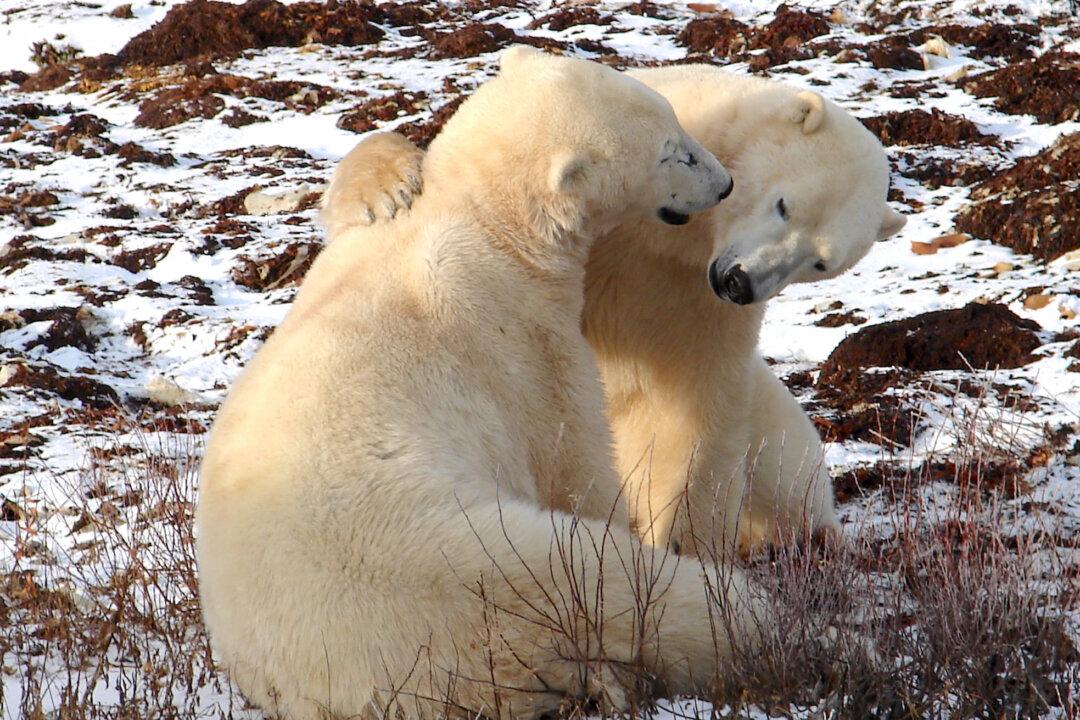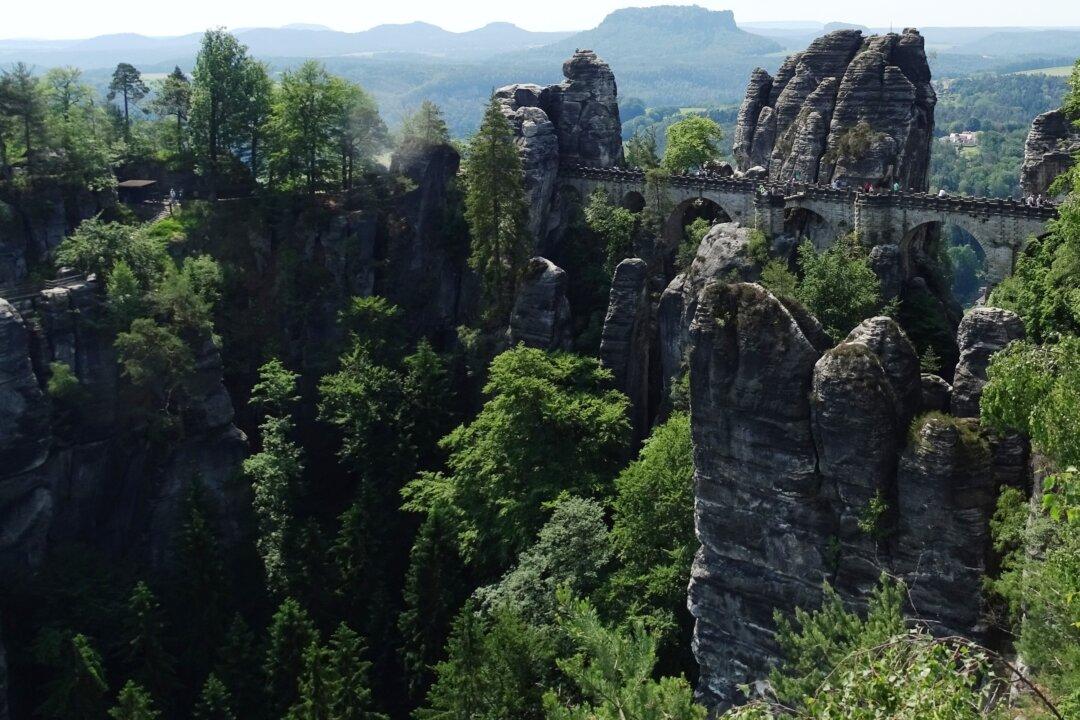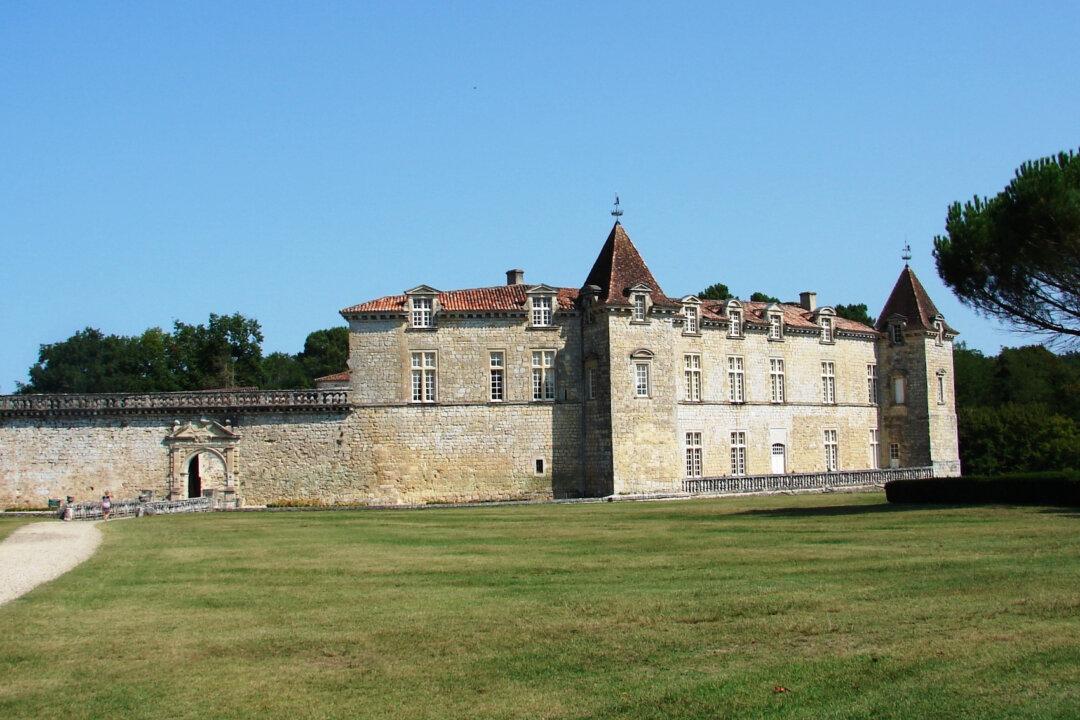I had the good fortune to partake in a trip-of-a-lifetime expedition right here in Canada. I flew to Churchill, Manitoba, and participated in a Tundra Buggy Adventure Tour with Frontiers North tour company.
Churchill is located on the south shore of Hudson Bay and it’s here, in what’s known as the Polar Bear Capital of the World, that a large number of polar bears traditionally gather each year in late October and early November, awaiting the inevitable freeze. That’s when the largest land carnivores in North America wander out onto the frozen ice and spend the next several months hunting and eating their most cherished food: seals. The bears return to shore when the ice breaks up, usually in early July.





